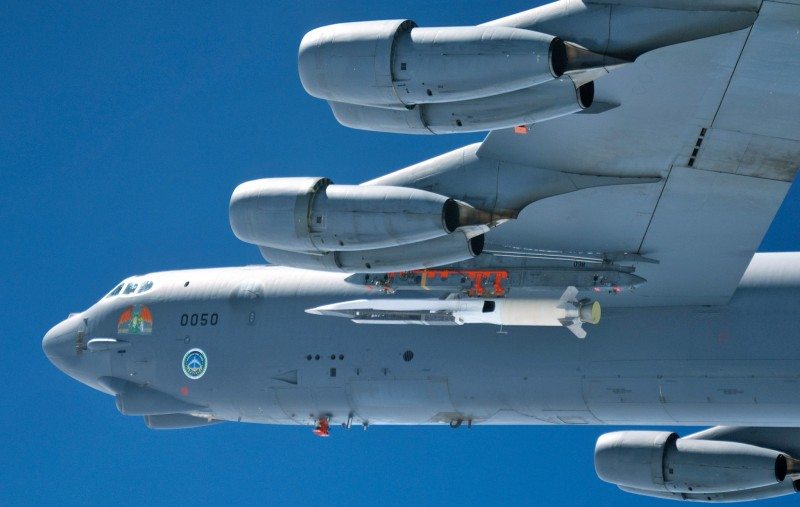A flight test of an experimental unmanned vehicle designed to fly at hypersonic speeds has ended in failure, the US Air Force said Wednesday.
The X-51A Waverider was dropped from a B-52 bomber Tuesday and launched by a rocket booster as planned but the flight was over in seconds after a control fin malfunctioned, the Air Force said in a statement.
The faulty control fin meant that the vehicle’s flight ended before a specially-designed “Scramjet” engine could be ignited, it said.
“It is unfortunate that a problem with this subsystem caused a termination before we could light the Scramjet engine,” said Charlie Brink, program manager for the project.
“All our data showed we had created the right conditions for engine ignition and we were very hopeful to meet our test objectives,” he said.
The test had called for a five-minute flight off the coast of southern California at Mach 6, six times the speed of sound or more than 7,300 kilometers (4,500 miles) per hour.
The Waverider separated from the B-52 at 11:36 am local time (1836 GMT) over Point Mugu naval sea range.
“However after 16 seconds, a fault was identified with one of the cruiser control fins.
“Once the X-51 separated from the rocket booster, approximately 15 seconds later, the cruiser was not able to maintain control due to the faulty control fin and was lost,” the Air Force statement said.
One of four X-51A vehicles remains after a series of tests with mixed results.
Despite the latest setback, Pentagon strategists have high hopes that hypersonic flight will transform US air power, comparing it to advances in radar-evading stealth technology that emerged in the 1970s.
The X-51, at eight meters (25 feet) long, reached Mach 5 during its first test in May 2010, but the flight — which lasted a little over three minutes — ended earlier than planned due to a technical problem.
The Waverider is one of several hypersonic projects currently under way.










